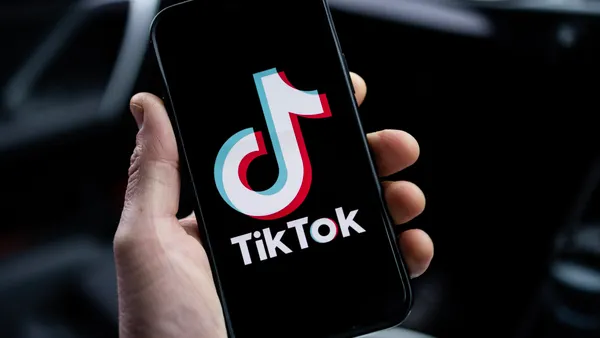I’m not going to begin this with a laundry list of stats showing the massive opportunity of retail media and the speed with which it has grown. Retailers know this. Many of them have experienced it first-hand, as I did building Macy’s retail media network. There was an influx of spend from suppliers who were shifting budgets from in-store to digital and years of unparalleled profitability. It was easy, until it wasn’t.
What isn’t being talked about enough, and that is of pressing concern to retailers today, is how to adapt and drive sustained growth as the space evolves. Direct/trade budgets can only increase so much. The path to growth is in connecting to national media budgets, but that requires some changes to how retailers operate.
So instead, let’s begin with a simple question: How do you build it so they will come?
Customize wisely.
A few years ago, building a retail media network was primarily done using ‘in-a-box' solutions that allowed retailers to launch quickly, but that lacked flexibility. As the retail media space has matured, retailers are seeking more customization.
The desire to take more control is a valid one. With customization, retailers can solve internal workflow inefficiencies, provide more personalization, and a differentiated, white-labeled experience for their clients. But my counsel, based on lessons learned building a network from the ground up, is to be very thoughtful and intentional about what parts of the platform to customize.
Striking the right balance between flexibility and standardization is key for scalability and demand connectivity. It is crucial for retailers to not just think about “ad serving” but about how to be a part of an ecosystem. If everyone is creating customization in their ad server, it becomes too complicated for the demand side partners to build and maintain connections. But customization and demand side connections don’t have to be at odds if you do it right. Light up the things where you know you can really shine, and then lean on a partner to do the things that you know they can execute better.
Do customize anything that’s customer-facing: Your front end, your customer insights, your analytics. Strategically deploy your precious in-house resources to the areas where you can truly differentiate.
Don’t reinvent the wheel when it comes to core ad server functionality. With things like measurement, attribution, ad pacing and delivery, stability and standardization are what demand side partners need. Instead, enjoy the benefits of building on the foundation of an experienced and scaled ad tech partner who makes continuous investments to keep up with the rapidly evolving landscape and expectations.
Don’t be a walled garden.
Both retailers and brands value the direct relationships they entertain, and retail media deepens those connections. The art is to maintain and grow those direct connections while simultaneously getting access to national marketing budgets that were traditionally out of reach for retailers. To reach their full potential, retailers need to master both!
The only way for retailers to truly sustain growth is to attract larger brands by demonstrating connectivity to the broader ecosystem and by meeting high standards of media excellence. This means seamless integration with top retail DSPs and API partners, the ability to navigate agency relations and a backbone that can ensure standardized measurement and best-in-class ads.
Connecting to demand-side APIs isn’t as easy as raising your hand.
This brings me to my next piece of advice: Be smart about the ad server you choose. If the key to growth is capturing national brand budgets, then it’s crucial to have an ad server that can connect to scaled demand. But it’s not as simple as asking demand API partners to connect to you.
Building an API connection requires R&D on their end, as well as ongoing maintenance to keep the pipes working, which means they have to make a business case for it. Like all of us, demand API partners have limited resources and a long list of priorities, so choosing to connect to a retailer needs to be worth it.
If a demand-side partner is given a choice between building one connection that will open up access to hundreds of retailers versus a connection to a single retailer, well, the choice is obvious. Melissa Burdick, Co-founder and President at leading DSP Pacvue confirms, “When prioritizing connections, key considerations are scale, inventory quality, targeting capabilities and impact. When we invest in building the connection, we want to ensure we can deliver the value customers have come to expect. Criteo's scalable model enables Pacvue to onboard new retailers in seconds, a process that would otherwise take months with a traditional one-by-one approach, significantly accelerating our clients' time to market.”
The future is modular and connected.
What readers should take away from this is that there is still so much potential for retail media networks. And to get to that next level of growth, retailers don’t have to do it all themselves or be stuck in a box. The right approach and the right partners can help them balance control and customization with standardization and scale. By seeking out modular solutions that enable flexibility, demand connectivity and innovation, retailers can build a retail media network that will have demand flowing in—and that will thrive for a long time to come.










